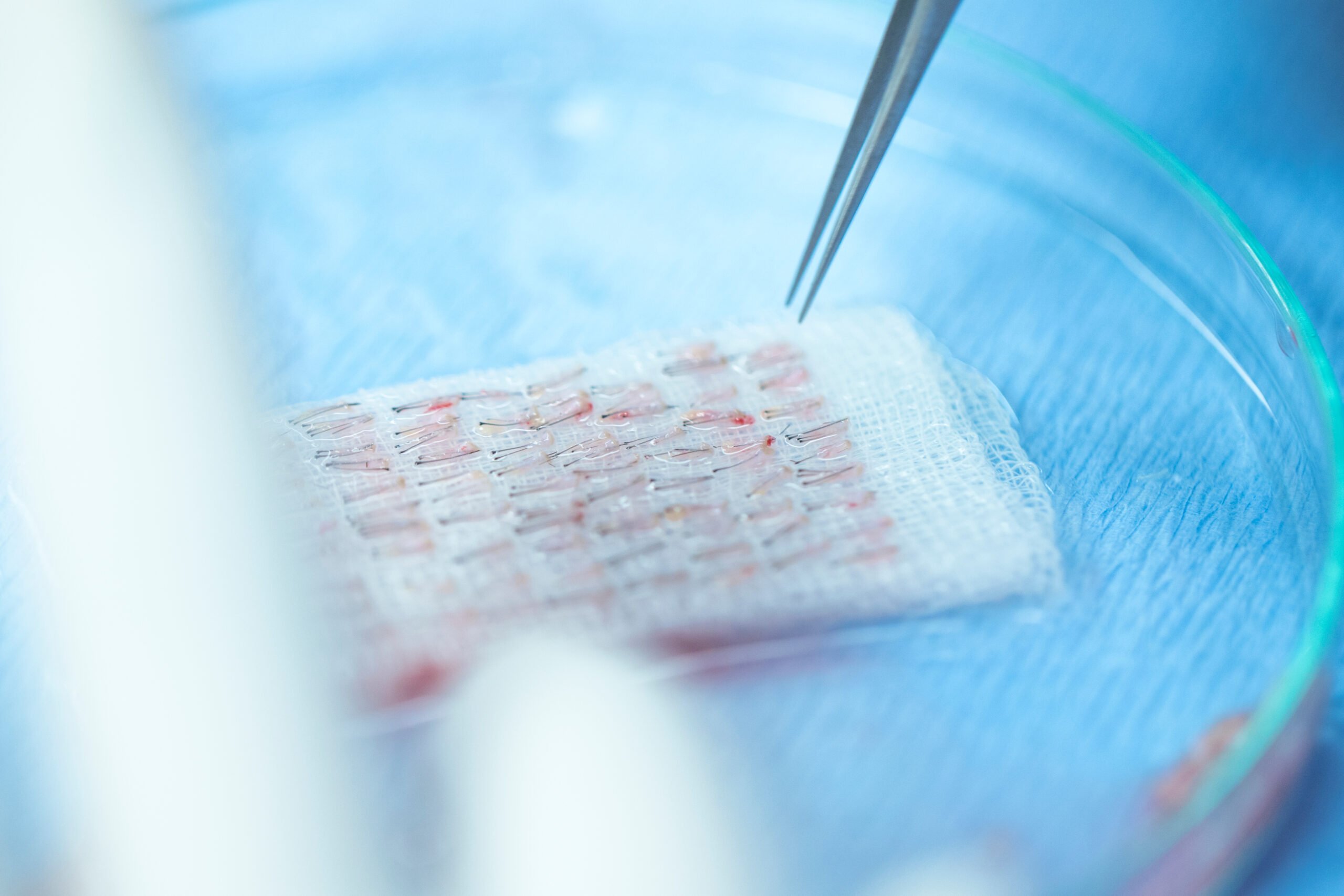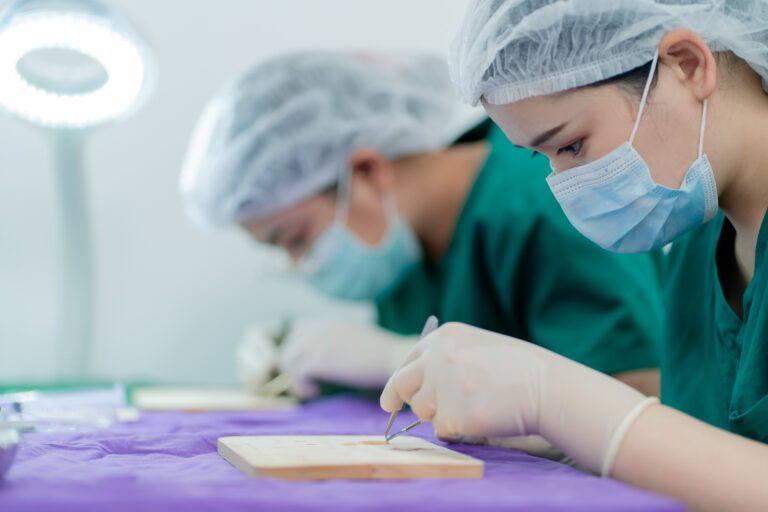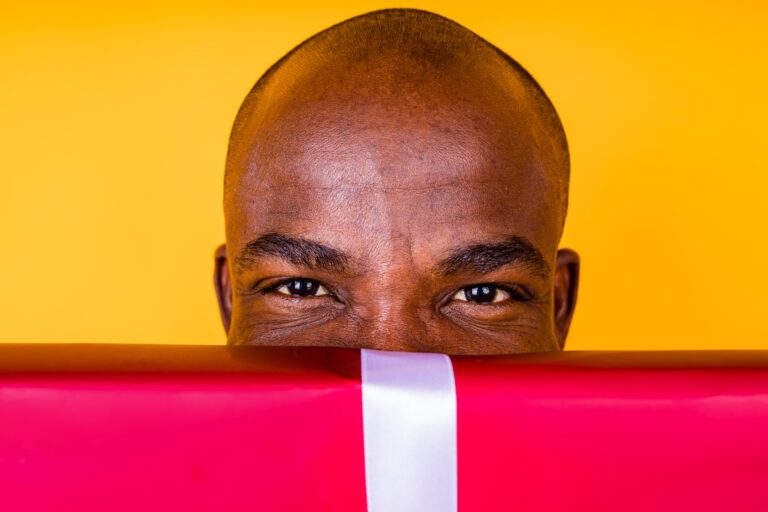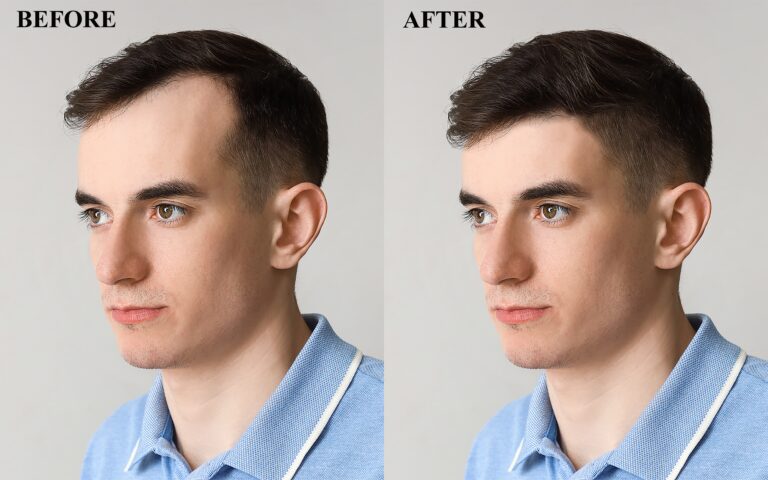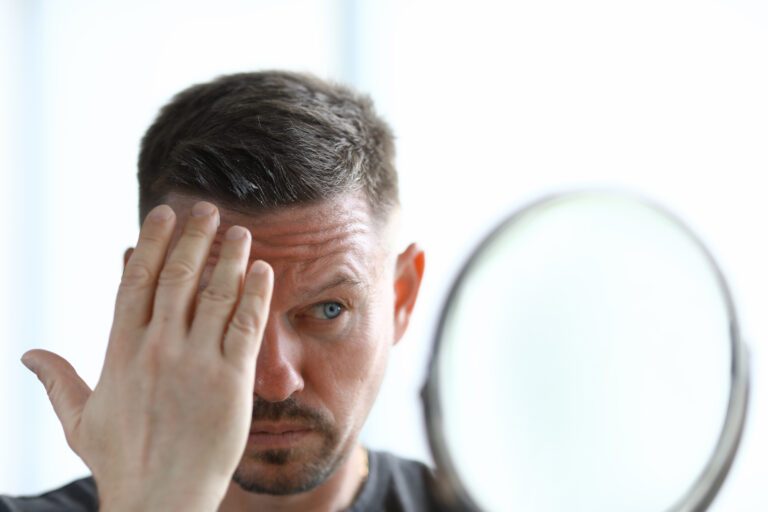What Are Hair Grafts? (How They Look & How They Are Taken)
Hair thinning and balding are problems that anyone wouldn’t want to experience. After all, the hair is our crowning glory, and losing it can affect our confidence—even relationships!
That said, a hair restoration surgery can work wonders for any issues related to hair loss. The process involves harvesting healthy hair grafts and replanting them to repopulate the bald spot.
But what are hair grafts?
Understanding the basics of hair transplants is necessary if you’re thinking of getting one. So, in this post, we’ll be walking you through the concept of hair graft—its definition, its appearance, and its purpose in hair transplantation.
What Is Graft In Hair Transplant?
In medicine, grafts are any healthy body parts, such as skin, hair, tissues, and bones, taken to replace dead or damaged ones. These grafts are usually surgically extracted and implanted.
For example, say someone has burned a portion of their skin beyond healing. In this case, a doctor may graft some of the patient’s healthy skin and use it to cover the open burn wound.
The same concept applies to hair transplants. If you’re suffering from alopecia (hair loss) and a part of your scalp no longer grows hair, your dermatologist can recommend a hair transplant.
A hair transplant is a hair restoration procedure. It involves extracting healthy hair follicles from a healthy portion of your scalp and transplanting them into the afflicted area.
The extracted hair follicles are the “grafts” your surgeon will plant to grow into new hair. Once planted, these hair seedlings will restart the hair cycle of the balding scalp.
What Does A Hair Graft Look Like?
Hair grafts are made up of hair follicles and hairs. Follicles are the protein cells surrounding and where your hair grows.
When scrutinized under the microscope, they’ll look like small pocket holes on the outer layer of your skin. So, a single hair graft will look like tiny hairs stuck in clear, tunnel-like skin tissue.
In 1 Graft, How Many Hair?
It might sound surprising, but your hair doesn’t grow in single individual pieces. Instead, hair follicles come in a group called a follicular unit.
These units are held together by your scalp’s tissue, which the surgeon also extracts in the process. Your doctor will implant both hair and tissue when transplanting.
On average, every follicular unit contains two to four pieces of hair. Some dermatologists recorded some rare cases of grafts, having five or more hair follicles.
With that in mind, if a clinic offers 2000 hair grafts for a set amount of price, it doesn’t mean you’ll also get 2000 pieces of transplanted hair. It all depends on the number of hairs per graft.
For instance, if the donor grafts contain two hair follicles, you’ll receive approximately 4000 hair transplants. If your donor grafts have three or more follicles, you’ll get 6000 hairs or more.
How Big Is a Graft of Hair?
To have an idea about the size of a single graft of hair, we can base it on the size of human hair follicles. According to the NCBI, the length of scalp follicles can go over 4 millimeters.
Alternately, the average thickness of human hair is around 0.04 to 0.12 millimeters. So, every hair graft can go around 1 millimeter wide and 4 millimeters tall.
However, the health and condition of the scalp can also affect the size of the grafts. Healthier scalps tend to have thicker and fuller follicles.
That said, surgeons use a specially designed tool with specific sizing in extracting hair grafts from the scalp. For scalp follicles, they commonly use a 0.99-millimeter wide micro-motor.
What Part of The Scalp Are Hair Grafts Taken From?
The success of every hair transplant procedure depends on two factors. These are the number of grafts and the condition of the hair follicles.
The suitability of the grafts is the first thing your doctor will assess before extracting. A suitable hair graft must have at least one hair follicle.
Typically, baldness and hair thinning occur around the upper portions of the head. So, surgeons usually take the hair grafts from the back or at the side of the head, where the hair is thicker.
How Are Hair Grafts Taken?
In a hair transplant surgery, dermatologists use two methods of extracting hair grafts. Both techniques are virtually equal in terms of effectiveness in battling hair loss.
Follicular Unit Extraction (FUE)
FUE involves taking the hair grafts, one by one, from your scalp and replanting them into the afflicted portion. It’s the most popular method because it’s safer, with only minimal side effects.
In a follicular unit extraction surgery, your surgeon will use a micro-motor to “punch” out the hair grafts from the donor site.
After harvesting sufficient grafts, they’ll reinsert them into the recipient area through small incisions. They’ll make thousands of incisions, arranged to look like regular hair.
Follicular Unit Transplantation (FUT)
In this hair restoration surgery, your doctor will cut a strip of skin from the donor area to extract the hair grafts. They usually cut the patch of scalp skin from the back of the head.
After they make the cut, they’ll immediately stitch the wound close. The resulting scar should be a fine line that your remaining hair can cover.
A technician will process the donor strip to separate the hair grafts and prepare them for transplantation. Then, like in the FUE, they’ll insert the follicles in arranged small incisions.
How Long Before Hair Grafts Grow?
As we said earlier, the hair grafts will restart the hair cycle of the balding area of your scalp. The point is to plant “seeds” that’ll eventually grow into new hair.
Most patients report seeing hair growth in about 6 to 12 months from the date of the surgery. It’s also good to note that you might experience shock hair loss a few weeks after the procedure.
Bottom Line
Hair loss is a distressing issue. It can negatively affect your social life, confidence, career, and relationships.
Fortunately, our ever-advancing medical technology found a way to combat hair loss by extracting and replanting hair follicles. In fact, hair transplants won’t work without hair grafts.
What are hair grafts but one of the body’s miracle workers? With a little patience and a little maintenance, you’ll surely get your hair back.

